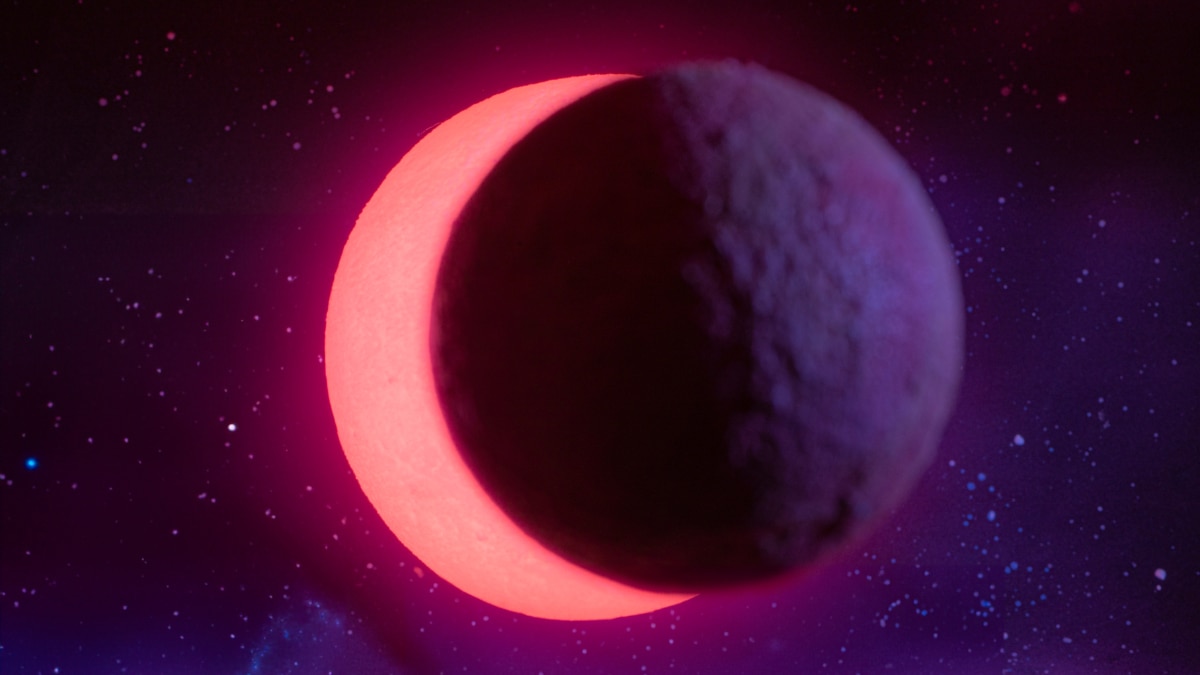
Solar Eclipse 2024: This year’s Pitru Paksha (ancestral fortnight) in 2024 is considered highly significant, as it coincides with two eclipses. The second lunar eclipse of the year occured on September 18, 2024, followed closely by the second solar eclipse later in the same month. Astrologers believe that the occurrence of an eclipse during Pitru Paksha carries inauspicious implications, raising concerns for many.
Experts are advising people to be cautious during this period. Let’s find out when the second solar eclipse will take place, whether it will be visible in India, and its potential impact: ALSO READ: Dussehra 2024: Date, Time, Muhurat Of Ravana Dahan And All You Need To Know About Vijayadashami When Is The Second Solar Eclipse Of 2024? This year’s second solar eclipse will take place just 15 days after the lunar eclipse, on October 2, 2024, coinciding with Sarva Pitru Amavasya (New Moon day of ancestors). It will be an annular solar eclipse, a phenomenon that occurs when the Moon passes between the Sun and Earth.

From a religious perspective, solar eclipses are considered inauspicious. Will The Solar Eclipse Be Visible In India? According to Indian Standard Time (IST), the second solar eclipse of 2024 will begin on October 2, from 9:13 PM and last until 3:17 AM. As the eclipse occurs at night in India, it will not be visible, and the Sutak period (the inauspicious time preceding the eclipse) will also not be observed in the country.
Where Will The Solar Eclipse Be Visible? The final solar eclipse of the year will be visible in regions outside of India, including Argentina, the Pacific Ocean, the Arctic, South America, Peru, and Fiji. What Is An Annular Solar Eclipse? During an annular solar eclipse, the Moon only covers the central part of the Sun's disk, leaving a bright ring around its edges. This glowing outer rim creates the famous “ring of fire” effect, characteristic of annular solar eclipses.
{Disclaimer: The content of this article is based solely on astrological predictions, and should be taken as general guidance. Individual experiences may vary. ABPLive.
com does not assert the accuracy or validity of any claims or information presented. It is strongly recommended to consult a qualified expert before considering or implementing any information or belief discussed herein.}.














